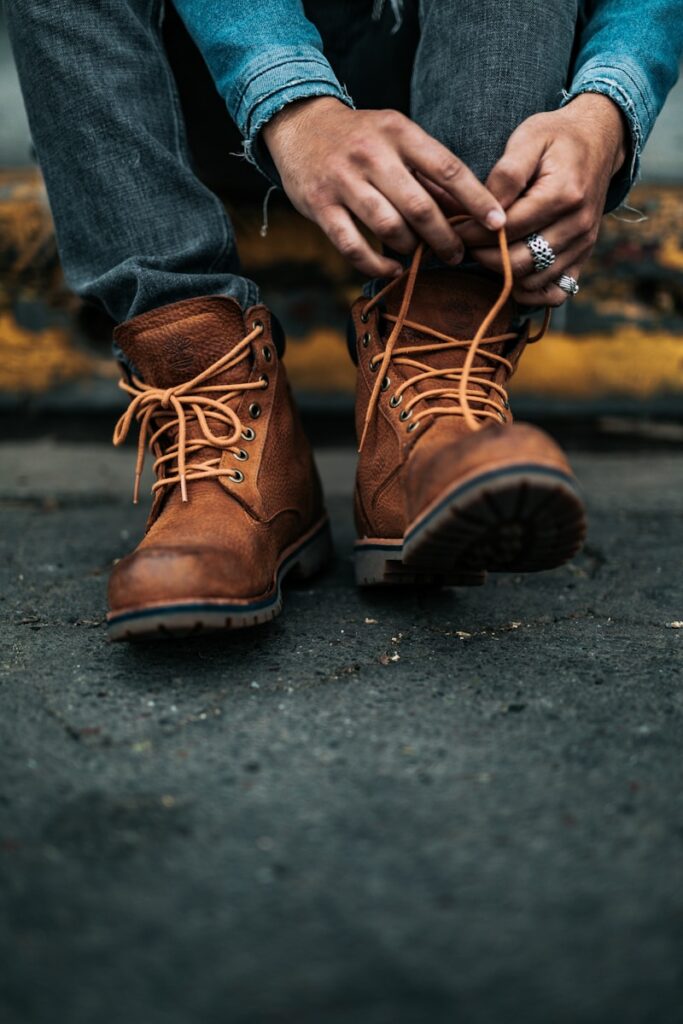The Gillette “Fatboy” razor, a name that conjures images of quality, durability, and an unparalleled shaving experience. Manufactured in the golden era of 1960, this razor has stood the test of time, becoming a treasured item for those passionate about their grooming rituals. The “Fatboy”, officially known as the Gillette 195 adjustable safety razor (owing to its original price of $1.95), is not just a tool for shaving but a piece of history that continues to influence the modern grooming world. Its appeal lies not only in its performance, providing a shave superior to that of any Fusion Proglide, but also in its design, durability, and the legacy that it carries.
The Gillette “Fatboy” and its cousin, the Gillette Slim, both enjoy a reputation for quality, but it’s the “Fatboy” that often captures the hearts of enthusiasts. Despite the Slim being slimmer, trimmer, and marginally longer, the “Fatboy” boasts a shorter, yet fatter handle that feels just right in the hand. It’s a subtle difference, but for aficionados, it’s a significant one. The “Fatboy” was introduced in the autumn of 1958 and was only in production for a little over three years, ceasing in early 1962. Its limited production run contributes to its rarity and desirability among collectors and grooming enthusiasts alike.
The launch of the Slim as an upgrade in 1961, with its cameo in the 1964 James Bond film, “Goldfinger”, helped cement the Gillette brand in the public consciousness. Yet, it was the “Fatboy” that laid the groundwork, with its butterfly opening doors and high build quality, a testament to the craftsmanship of the time. The exceptional build quality of these razors led to an interesting twist in Gillette’s business model. Sales for new razors began to decline as the “Fatboy” and Slim proved too durable, forcing Gillette to pivot towards selling cheaper, disposable options in an effort to maintain profit margins.
It’s fascinating to note that both the “Fatboy” and Slim were crafted from nickel-plated brass, with later luxury models featuring gold plating. This not only added to the allure but also to the longevity of these razors. Today, a well-preserved “Fatboy” or Slim can fetch a handsome sum, especially if restored and rhodium plated, highlighting the enduring value and appeal of these vintage pieces.
The vintage razor market is not without its pitfalls.
The internet is rife with unscrupulous sellers attempting to pass off other models as the coveted “Fatboy” or Slim. Discerning buyers need to be vigilant, particularly on platforms like eBay, where Slims are often misrepresented as “Fatboys” and vice versa. The key to differentiation lies in the details — the knurling on the adjustment dial of the “Fatboy” is vertical, while the Slim features both vertical and horizontal knurling. Such nuances are vital for anyone looking to add an authentic piece to their collection.
The “Fatboy” enjoys a special place in the hearts of collectors and grooming aficionados, not just for its rarity or the quality of shave it delivers, but for its history and the story it tells. It represents a bygone era of quality over quantity, of craftsmanship over mass production. Owning a “Fatboy” is not just about owning a razor; it’s about owning a piece of history, a testament to the golden age of grooming where durability and performance were king. As we navigate the plethora of modern shaving tools available today, the “Fatboy” serves as a reminder of the elegance and simplicity of the past — a truly “buy it for life” item that continues to stand the test of time.
Diving into the world of vintage razors, especially the sought-after Gillette “Fatboy” and its sleek counterpart, the Slim, can feel like stepping into a treasure hunt. The thrill of the chase, the excitement of discovery, and the eventual joy of acquiring these timeless pieces are unmatched in the grooming world. However, navigating the vintage razor market requires a blend of knowledge, patience, and vigilance to ensure you’re adding genuine gems to your collection, not counterfeit duds. Here are some tips and tales from the trenches of vintage razor collecting to help guide you on your journey.
Understanding Gillette “Fatboy” and Slim’s unique characteristics is crucial.
As highlighted, the “Fatboy,” with its iconic vertical knurling on the adjustment dial and a fatter handle, is a jewel many are after. On the other hand, the Slim, while sharing a similar build quality, sports both vertical and horizontal knurling and a sleeker handle. These subtleties can make all the difference in identifying authentic pieces. It’s these details that often determine not just the razor’s authenticity but also its value on the market.
Engaging with the community is another invaluable tip.
Forums, social media groups, and even local antique shops can be goldmines of information and resources. Fellow collectors are usually more than happy to share insights, offer advice, and sometimes, lead you to your next big find. On my journey, connecting with knowledgeable enthusiasts helped demystify the vast world of vintage razors and led me to reputable sellers and auctions where I found some of my prized possessions.
It’s not just about finding any “Fatboy” or Slim; it’s about finding one in good condition or one that has been lovingly restored to its former glory. This pursuit has led many to the art of restoration, a process that not only preserves these historical pieces but also enhances their value. Learning about nickel plating, the intricacies of disassembling and reassembling the razors, and understanding how to polish them without damaging their integrity, are all part of the journey. Restoring a vintage “Fatboy” or Slim can be as rewarding as finding one in mint condition – it’s about bringing a piece of history back to life, after all.
Vigilance is key when navigating online marketplaces.
The internet is rife with sellers looking to pass off inferior models as the much-coveted “Fatboy” or Slim. Armed with the knowledge of distinguishing features, like the adjustment dial’s knurling and the handle’s dimensions, you can steer clear of potential scams. Furthermore, learning to scrutinize listings for authenticity clues, such as the presence of service notches or the correct model stamp, can save you from disappointment and financial loss.
The adventure of collecting Vintage Gillette razors, particularly the “Fatboy” and Slim models, is filled with both challenges and victories. Each acquisition carries a story – from the thrilling last-second win of an auction to the satisfaction of restoring a tarnished relic to its former luster. These are not just tools for grooming; they are pieces of history, embodiments of craftsmanship and durability from a bygone era. As the prices for well-preserved or expertly restored pieces continue to soar, it’s a reminder of the growing appreciation and demand for these vintage treasures.
The journey of a vintage razor collector is not without its pitfalls, but the rewards, both tangible and intangible, are immense. Whether it’s the sense of community, the thrill of the hunt, or the satisfaction of preserving history, the world of vintage razors offers something uniquely valuable. In the end, every razor tells a story, and every collector becomes part of that story, adding their chapter to the rich tapestry of grooming history. Here’s to the bold adventurers in the quest for the perfect shave – may your collection grow and your shaves be ever smooth.
Related posts:
What’s the difference between the Gillette Fatboy and Slim razors? – Executive Shaving
Gillette Adjustable Razors
I Just Got A 1959 (E-3) Gillette Adjustable Fatboy DE Razor!!! (My Very First Vintage Razor!)


